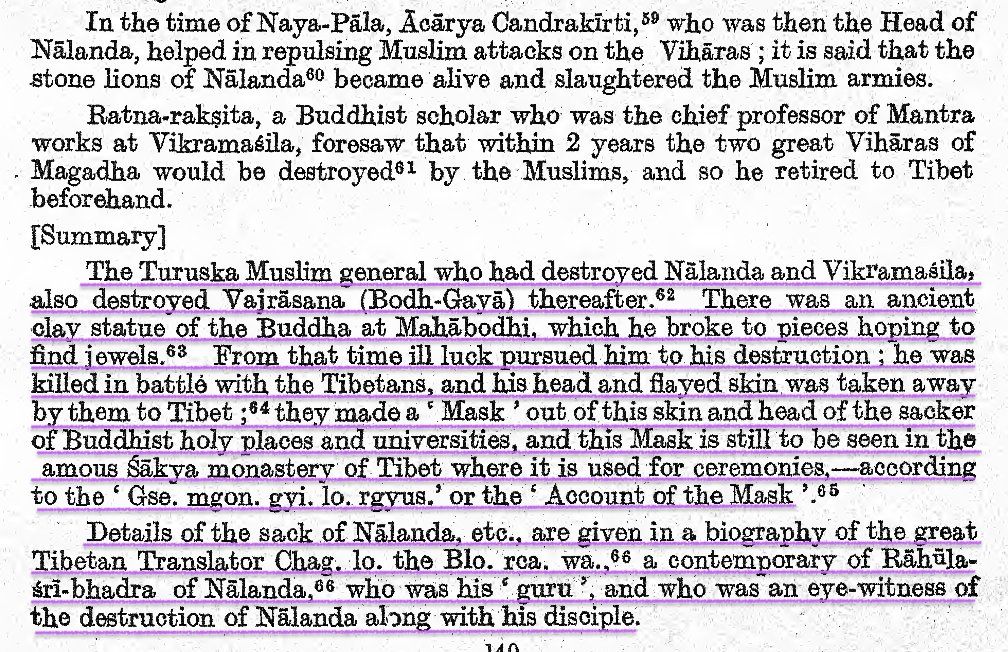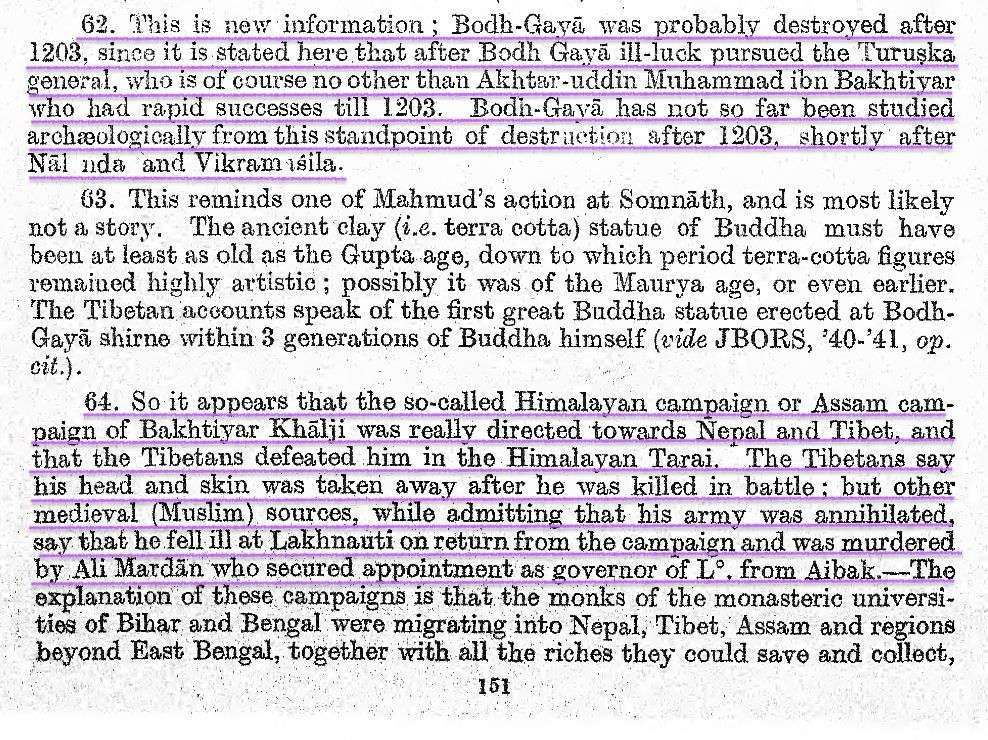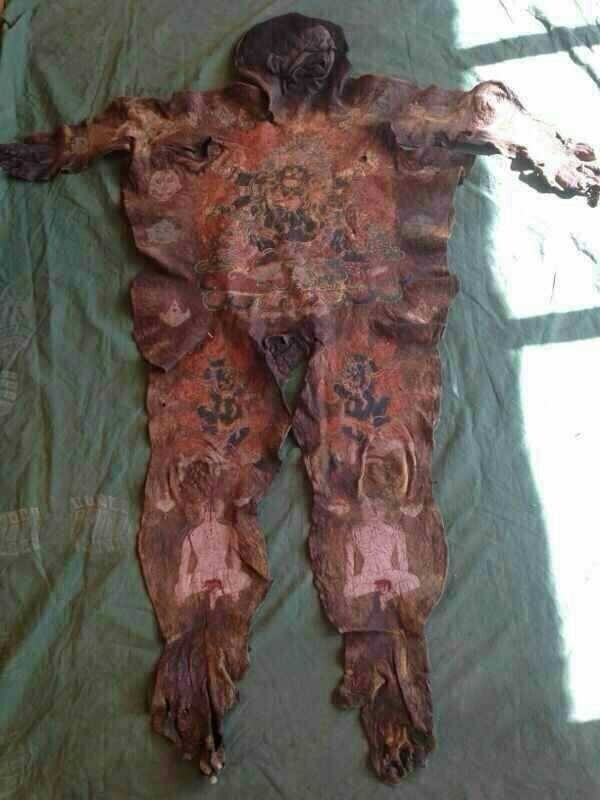Bakhtiyar Khilji After Nalanda
What finally happened to Bakhtiyar Khalji after he destroyed Nalanda, Vikramshila, Odantapuri & Bodh Gaya Viharas?
The 18th c. Tibetan Buddhist text Pag Sam Jon Zang by Sumpa Khan-Po (translated by Sarat Chandra Das) contains passages describing how the same Muslim Turushka general who had “destroyed Nalanda and Vikramaśila” also destroyed Vajrāsana (Bodh-Gayā) where he broke the ancient clay statue of Buddha around 1203 CE.
The passageswere compiled & summarized from fragments of a rare 1908 edition of Pag Sam Jon Zang by the late Dr. S.C. Sarkar, Professor of Historical studies from Patna University, (DPhil- Oxford University)

This Muslim General who destroyed Nalanda, Vikramaśila & Bodh-Gaya was none other than Bakhtiyar Khalji. This is further validated by the detail that the same Muslim general (Khalji) then tried to attack the Himalayan frontiers of Tibet via Assam. What may have happened is that the Assamese army of Raja Prithu agreed to help the Tibetans & after devastating & defeating Khalji’s army, handed him over to the Tibetans.

The Tibetans have recorded that they killed that Muslim general during battle & flayed him of his head & skin as revenge for destroying all the Buddhist Viharas. Tibetan Buddhist Thangkas with paintings made on human skin like the one pictured below are documented in ancient Tibet. Apart from flaying human skin, the use of human skull as religious implements was also common.
The Tibetans say they made a mask of the Muslim general Khalji’s head & skin to be displayed in the famous Śākya monastery of Tibet where it is used for ceremonies. The account of Khalji’s skin mask is narrated in Tibetan text “Gse Mgon Gyi Lo Rgyus” (Account of the Mask)

Muslim historian Minhaj-i-Siraj’s Tabaqat-i-Nasiri also admits that Khalji’s army was annihilated by the Assamese but leaves out the humiliation of Khalji’s horrific death at Tibetan hands, conveniently covering it up by claiming Khalji escaped but fell ill & was poisoned by Ali Mardan just a few days after the battle. This story doesn’t tally up because Qutb ud-Din Aibak supported Ali Mardan & even made him governor of the Eastern territories after Khalji’s death.
If true, this brutal end of Khalji being beheaded & skinned alive would be a final revenge & befitting Karmic justice for the monster who slaughtered so many Indic scholars & irreparably dealt a devastating blow to our knowledge systems.